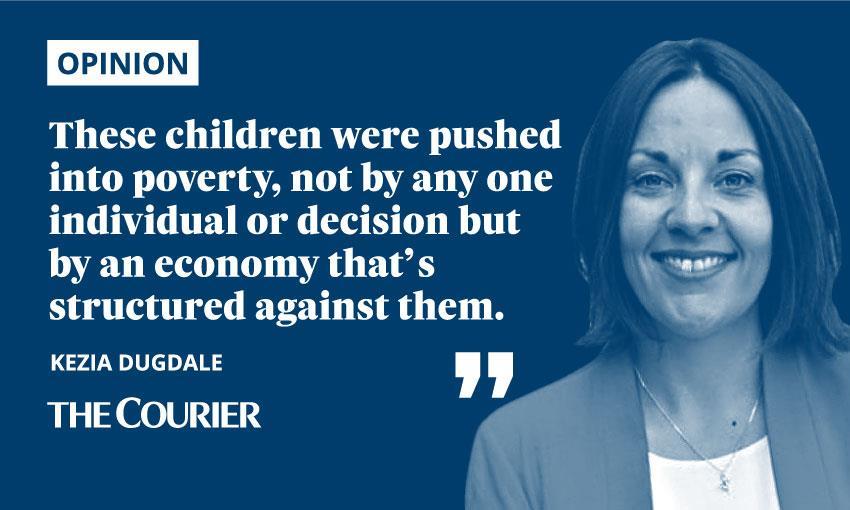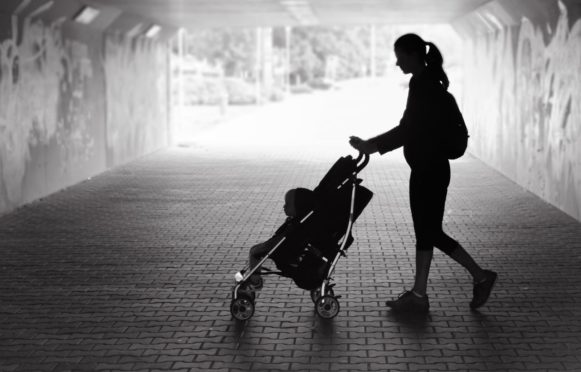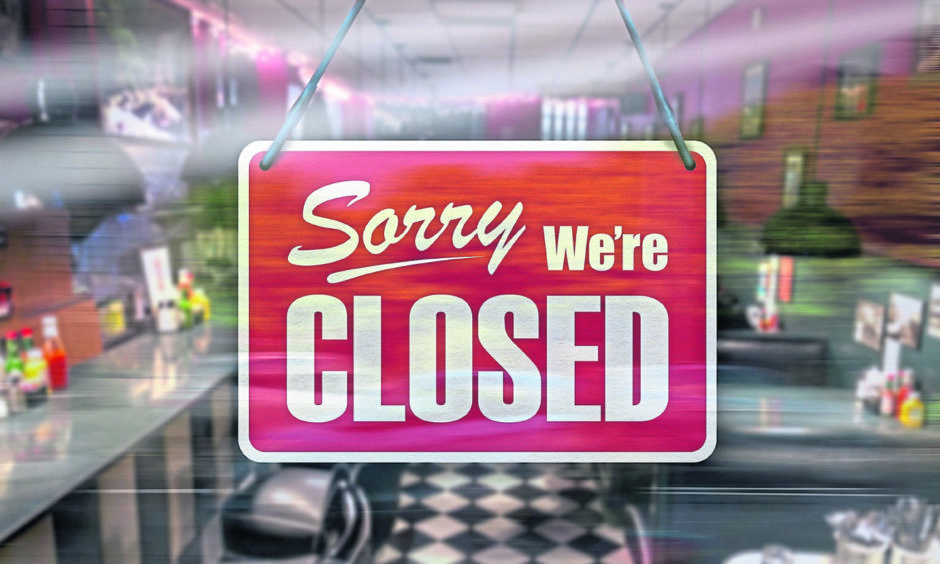Do children fall into poverty or are they pushed?
While you ponder the answer, know that there are now 500,000 more children living in poverty in Britain than there were five years ago according to the End Child Poverty Coalition which published compelling new research yesterday.
That’s half a million more kids going hungry and without the right school uniform. It’s half a million more children riddled with anxiety, children who society has already determined won’t achieve anything because of their postcode.

The number of children is up in every local authority across Scotland too and all this happened before the pandemic struck.
So that’s neither an excuse nor a sign that there’s any better news ahead of us.
Buckle in, this isn’t going to be a cheery read.
The economic consequences of the pandemic are yet to come and there’s a very broad spectrum of views amongst economists about how bad unemployment might get and how long the recovery might take.
It depends really. In fact it depends rather a lot on what the UK Government decide to do after the furlough scheme finally ends in September.
Will they go big like Joe Biden and borrow billions more to support employment and industry, or will they return to the ideology of austerity, cutting investment in public services and reducing the size of state in order to pay down the debt?
Given the UK Government’s desire to level up, it feels like the spending taps will be turned on for a good while with the hose pipe firmly angled in a north.
Three-quarters of the children living in poverty come from a household where at least one parent works
The most rapid rise in child poverty has been in the North East of England, the epicentre of the “red wall” where communities voted Labour for decades but turned to the Tories in 2019 and again in last week’s local elections.
Avoiding mass unemployment is obviously the goal, but these figures show it’s not nearly enough. The quality and security of the work matters, as does the pay.
This same report showing spiralling levels of child poverty also evidences the fact that three-quarters of the children living in poverty come from a household where at least one parent works.
Toll of insecurity
You can’t work your way out of poverty in 21st century Britain just as you couldn’t in the 19th.
If it’s not low pay it’s the precarity of the work. The degree to which your hours can rise and fall linked to demand, the absence of sick pay and paid leave. The ease at which you can be replaced by someone less demanding of their rights or more flexible.
Women are particularly exposed to the pitfalls of insecure work, because they’re more likely to be in part-time employment and to work in sectors hardest hit by the pandemic.
In truth, these children were pushed into poverty, not by any one individual or decision but by an economy that’s structured against them.
The system of government around them could choose to pull them in from the cliff edge and strengthen the net on the other side with very direct decisions like enhancing family incomes, reducing housing costs, tackling educational inequality in schools and giving adults rights to education and reskilling throughout life.
That alone I’m afraid isn’t enough anymore, it’s what we should have done 10 years ago, and it’s no longer fit for the world as we’ll find it 10 years hence.
Changing workplaces
The world is rapidly changing and the structure of our economy and its natural winners and losers with it. Focusing on Covid recovery alone is likely a mistake.
Working from home is killing urban city centres. Those who used to sit are desks are now sitting in their pyjamas with headsets on, while the ones who cleaned their desks and poured their flat whites are boarding buses wearing face masks contemplating whether they’ll have a job at all by Christmas.
Many white-collar jobs like bank clerks are being replaced by technological advances and algorithms.
Brexit and the superpower rivalry between the US and China are going to radically change how we trade with our neighbours in ways we don’t yet understand but have good reason to fear.
That’s all before we assess what we’re going to have to do now and give up soon in order to achieve climate change targets and basically save the planet we all call home.
That includes eating less meat and dairy, hurting our farmers, and buying fewer cars killing our manufacturing base.
It’s enough to leave you needing a wee lie down.
Congratulations to @ShonaRobison on her appointment as Cabinet Secretary for Social Justice, Housing and Local Government.
We are looking forward to working with her on the urgent actions we need to stem the rising tide of poverty across Scotland.
— Poverty Alliance (@PovertyAlliance) May 19, 2021
I hope the new Scottish Cabinet are passing the paracetamol around, because there are headaches everywhere you look.
Just as I hope that when they assess the challenges that lie ahead, they focus their minds and their courage on the things that they can change.
Who will they let fall and how strong is the net that’s going to catch them?
Child poverty: Dundee and Fife report a rise as a quarter of Scottish kids live in poverty


